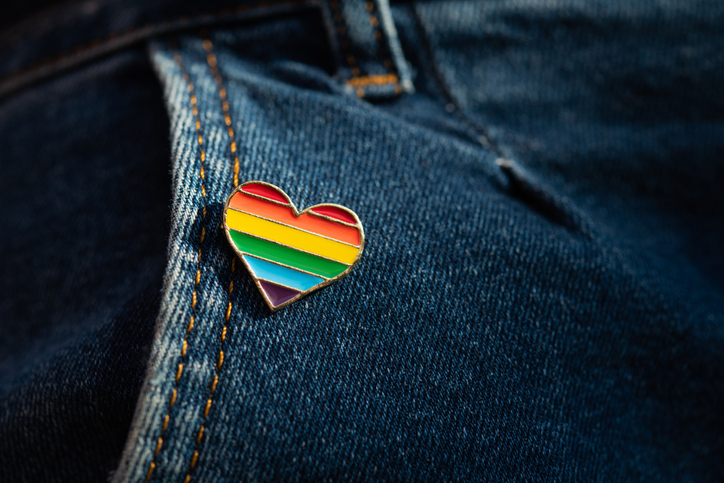Allies and the Fight for Trans Rights

On October 21, The New York Times published an article detailing a Trump administration memo that would effectively erase transgender, non-binary, and gender non-conforming people and instead define gender as a strict dichotomy of male and female based on sex assigned at birth. The Department of Health and Human Services memo would call on the agencies that enforce Title IX—the Departments of Education, Justice, Health and Human Services, and Labor—to adopt this definition of gender. This is especially dangerous, as Title IX provides protection from gender discrimination in government-funded education programs. This narrow definition would leave transgender, non-binary, and gender non-conforming people open to discrimination simply for being non-cisgender, as their identity will no longer be recognized or protected.
A rally was scheduled to protest the memo outside the White House and, as a non-binary person, I felt I needed to be present with my transgender and non-binary siblings during this uncertain time. I had hoped the crowd would contain not just members of the LGBTQIA community, but also our many cisgender, heterosexual allies who joined us en masse for Pride celebrations only a few months ago. (Cisgender people are those who identify as the gender they were assigned at birth.) Since the rally was at 12:30 p.m., I assumed many would take time during their lunch break to stand in solidarity with us. Since I had seen several organizations run primarily by cisgender, heterosexual people tweeting about how they would fight back against this dehumanizing policy, I assumed many organizations that were not directly associated with the trans community would show up to give their support.
I was wrong.
Our group of approximately 100 activists took up less than a quarter of the space in front of the White House. Many of the people in the crowd were affiliated with the organizations that had organized the rally and had come in a professional capacity. Many also self-identified as members of the LGBTQIA community through the use of flags, buttons, and signs. One anti-trans protestor and another entirely separate protest added a little extra noise to the occasion. To me, what was obviously missing from this frightened yet defiant crowd were our cisgender, heterosexual allies, and their support is very much needed.
This a problem often seen in the LGBTQIA community, and there are a number of articles on the subject of performative allyship. Our cisgender, heterosexual allies are more than happy to join us in times of celebration such as Pride, but their allyship frequently stops there. Sure, some of them will take to social media to speak out about the harm being done to our community, but they appear less willing to join us on the ground and put their bodies on the line when we are struggling. The groups of straight, cisgender people who take up space at Pride seem less interested in following trans and non-binary leaders in acts of protest than they are in taking part in our queer, trans joy at gay bars. And while there’s nothing wrong with tweeting support or attending Pride, cisgender, heterosexual allies who are able to participate in protests but have chosen to watch from the sidelines are doing the LGBTQIA community a disservice.
The rally in front of the White House was powerful. As I stood there listening with tears in my eyes to the testimony of powerful trans activists from all walks of life, I have never been more proud to be part of such a resilient community. I only wish my allies had been there beside me so that they could have seen the power and strength of my community. I only wish they had been there to lend their voices to ours so that the sounds of our courage could have filled the square.
